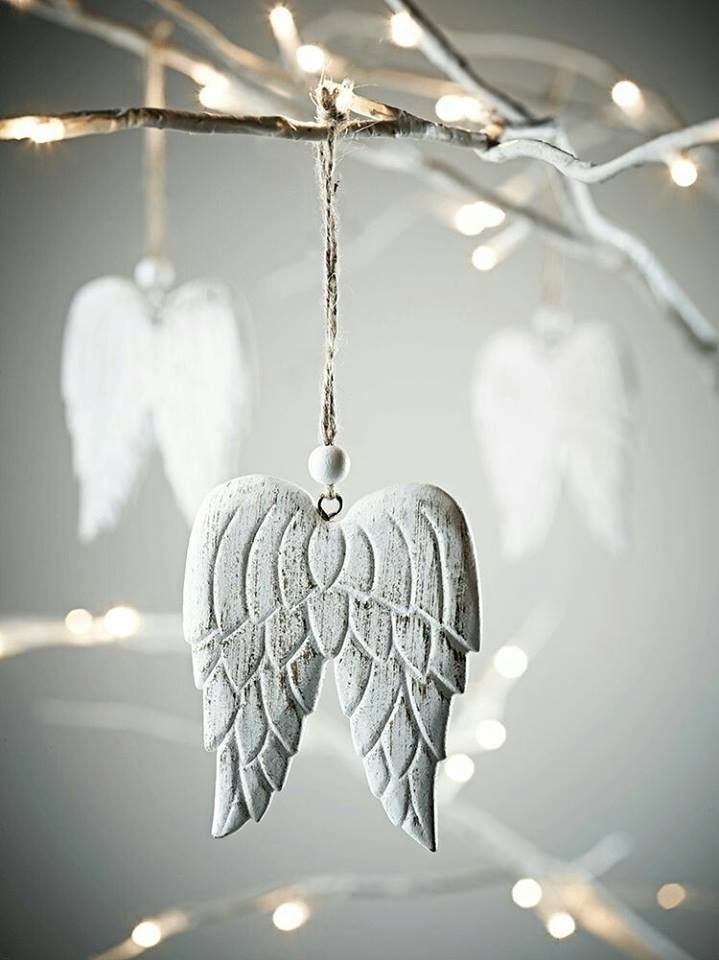Painting - Mindfulness and Relaxation
- Koöko Fleurs
- Feb 21
- 3 min read
Updated: Mar 30

Painting is more than just a creative endeavor—it has the power to transform into a deeply meditative practice that allows you to reconnect with the present moment. Painting offers a unique opportunity to quiet your mind, clear away mental clutter, and focus entirely on the here and now. Through the rhythmic motion of the brush and the harmonious flow of colors on the canvas, you can achieve a state of mindfulness, where your thoughts become calm and centered.
By integrating relaxation and intentionality into your painting sessions, you can develop a therapeutic routine that goes beyond self-expression. This practice not only nurtures your emotional well-being by reducing stress and anxiety but also taps into your innate creativity, allowing you to process emotions and thoughts in a safe and constructive way – Whether you're an experienced artist or just starting out, painting offers a welcoming and accessible space to explore your inner world, fostering a sense of peace and self-discovery.
Here's how to use painting as a meditative practice:
Set an Intention
Before you start painting, take a moment to set an intention for your session. This could be something like "I want to relax and let go of stress" or "I want to express my emotions through color."
Deep Breathing
Begin with a few minutes of deep breathing to center yourself. Inhale slowly through your nose, hold for a few seconds, and exhale through your mouth. This will help you relax and prepare for your painting session.
Focus on the Process
Shift your attention to the act of painting itself rather than the final outcome. Pay attention to the feel of the brush in your hand, the texture of the paint, and the colors blending on the canvas. Allow yourself to be fully present in the moment.
Embrace Flow
Let go of any expectations or judgments about your work. Embrace the flow of the creative process and allow yourself to paint freely. If you make a mistake, view it as an opportunity to explore new possibilities.
Sensory Awareness
Engage your senses by noticing the sights, sounds, and sensations around you. The colors, shapes, and textures you create can serve as focal points for mindfulness.
Creating a Routine
Establishing a regular painting routine can enhance the therapeutic benefits and make painting a consistent part of your self-care practice.
Here are some tips:
Schedule Time
Dedicate a specific time each day or week for painting. Consistency is key to building a habit and experiencing the full benefits of art therapy.
Create Rituals
Develop small rituals around your painting practice to make it more meaningful. This could include lighting a candle, playing calming music, or starting with a short meditation.
Stay Committed
Even if you don't feel inspired, try to show up for your painting sessions. The act of painting itself can help you feel more connected and inspired over time.
Reflect
Take a few moments after each session to reflect on your experience. How did you feel before, during, and after painting? What emotions or thoughts came up? Journaling about your experiences can deepen your self-awareness and personal growth.
Incorporating painting into your life as a meditative practice can be a deeply rewarding journey. It offers a unique opportunity to slow down, connect with your inner self, and find solace in the present moment. Over time, the benefits of this creative therapy—emotional clarity, reduced stress, and a nurtured sense of creativity—can ripple through other areas of your life. Remember, the focus isn’t on the end result, but on the process itself and the mindfulness it brings. Embrace this artistic exploration with an open heart, and let it become a cherished part of your self-care routine.











Comments